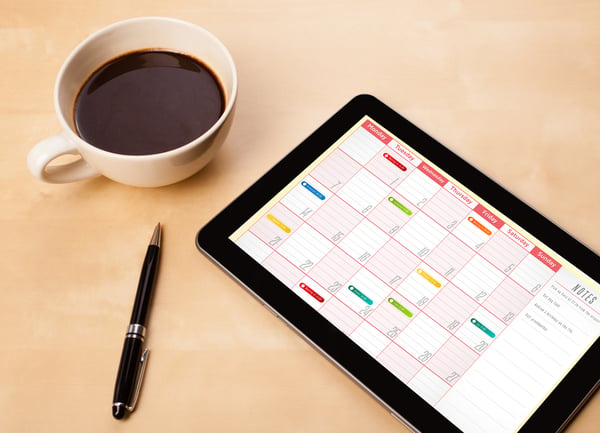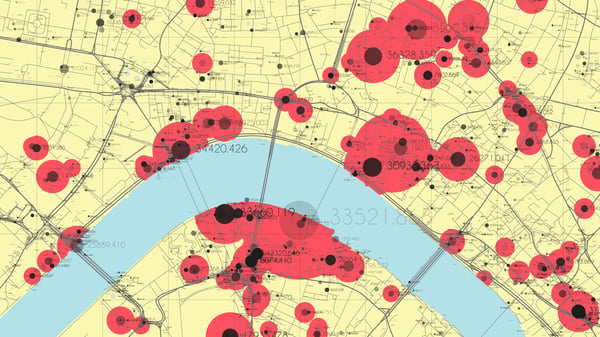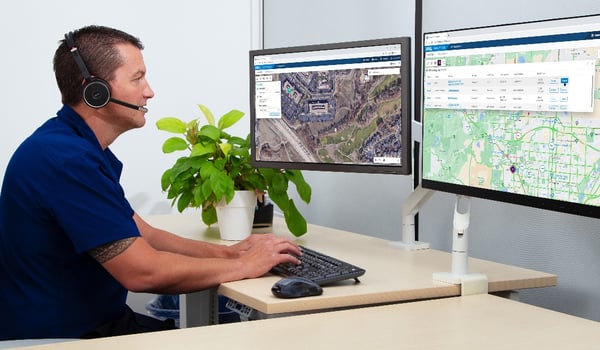4 Must-have Data Points for Dispatch-Billing Alignment and Maximum Reimbursement
Response Times: We Did it to Ourselves (And Now We Need to Change It)!
What response times can tell us (if we gather the data accurately) (5 min read) Nine minutes or less, 90% of the time – or whatever benchmark you might have set – this is a standard that many contracted ambulance services “must” live by
Was this information valuable?

What response times can tell us (if we gather the data accurately)
(5 min read) Nine minutes or less, 90% of the time – or whatever benchmark you might have set – this is a standard that many contracted ambulance services “must” live by. What’s frustrating – too many of us in the EMS industry (and not just making the contractual rules for it) – is that we all know that not every patient needs an ambulance to transport them to the hospital and they certainly don’t need to arrive within 8:59. Yes, minutes can count, but they don’t always mean the difference between life and death ... not on every call. As a result, tracking this metric can be a touchy subject for us.

While we often use the catchphrase “when seconds count” to our publicity advantage, it can be held against us in the form of response time benchmarks - and we’re to blame. We did it to ourselves.
Well, now it’s time to change this trend; this mantra.
Yes, minutes - even seconds - can count in a very small percentage of our calls. For the majority of our calls, however, a few extra minutes will likely not make a difference. So, why not track our data accordingly? Why not track response times appropriately and reflect this?
If your response time metric accounts for all data elements with every call, regardless of the response mode, then you may be hurting your agency more than you’re helping it.
Break-up your data
Divide your responses into two sides of the equation: one accounting for lights & siren responses, while the other non-lights & siren. This starting point will help to provide your agency and its stakeholders better and more reliable data with regards to your response times. From there, you can branch-off to responses within your district, outside of your district, and even per call type or patient complaint. Comparing this data side-by-side may show your agency a surprising outcome - perhaps, that lights & siren responses have a minimal impact on the overall response times to your calls. Combine this with actual patient outcomes, and now you’re cooking with fire!

Inform your staff
Open-up communications and let your staff know what you’re tracking and why. Why are they held to “this” standard? Which calls count toward “what?” Empower them with information. After all, the more they understand, the more they’ll likely care (and give you good data as a result).
Results of better data
Without getting into the debate over 24-hour shifts versus other formats, accurately tracking your response times, plus call volumes, can provide your agency with a better overall picture of what you need and when.
24/7 staffing of ambulances is a necessity, but not necessarily in a “traditional” 24/7 fashion. Maybe 12+12=24 works best for your community. Or, 6+12+6=24 is the trick. Either way, accurately tracking call volumes along with your appropriate response times can help to lay the foundation for “right-staffing” your organization.
Peak times may exist during the daytime, while overnight hours have less of a burden on your system. Staffing according to this trend could help to lessen the burden of your daytime crews, decrease their response times because of additional unit availability, and may even inspire some creative solutions for your agency to maximize its operational potential.

What about those “planned MCI days“ (special events) where you’re anticipating an influx of citizens within a general area? Trending past years and comparing their data, to “average” days, may be the justification you’re looking for to over-staff your community during a given time frame. In doing this, you may be able to decrease your response times by better allocating resources to different areas or districts within your community.
System status management, peak staffing, or whatever else you want to call it - it’s all about working with your moving pieces (ambulances & crews). Is an eight-minute response time necessary for all calls or will ten minutes suffice? Breaking-up your response time data will help your agency to have a better sense of understanding of how it works.
Racing to each call just to meet the response time benchmarks is inappropriate – even negligible. So, let’s start to fight back a little bit ... show our stakeholders what response time numbers look like (and why), and shift the paradigm of “what” good numbers are. After all, we put ourselves into this mess ... and now it’s time that we get ourselves out of it!
Related Posts
How EMS Agencies Can Reframe Need and Refocus Resources With Geospatial Analytics
How To Minimize Radio Chatter and Reduce Guesswork With Smarter Dispatch Resource Management
ZOLL Pulse Blog
Subscribe to our blog and receive quality content that makes your job as an EMS & fire, hospital, or AR professional easier.
ZOLL Pulse Blog
Subscribe to our blog and receive quality content that makes your job as an EMS, fire, hospital, or AR professional easier.




